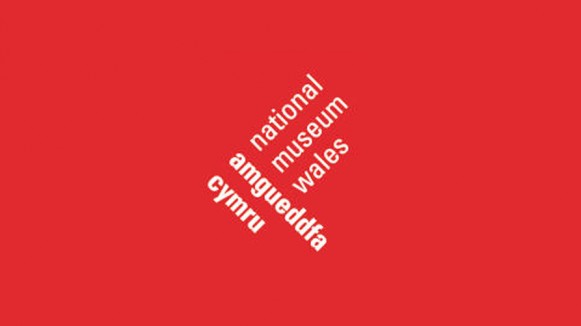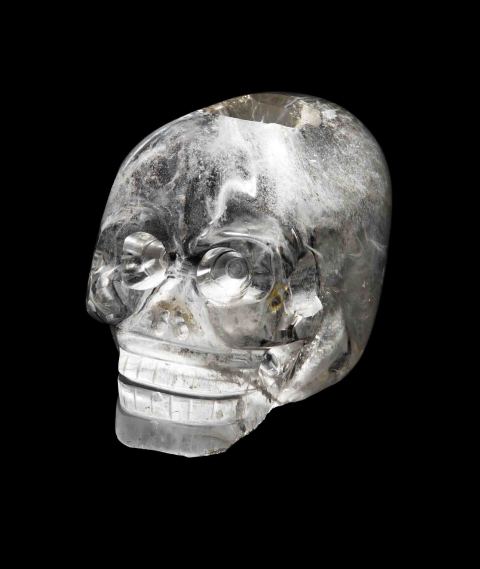
Young Critics, 3rd Act Critics and Kids in Museums volunteers are working in partnership with Amgueddfa Cymru – National Museum Wales (ACNMW) http://www.museumwales.ac.uk/ on a new free project focusing on the quality and standards of exhibitions and programming at their sites across Wales. Those involved recently spent a day with the staff at the National Museum, Cardiff. We will be featuring the responses to the day from the participants over the next few days, next up Young Critic, Lois Arcari.
Death of the Author – all great works must bow to it, to be thought as of such.What about great places, prompting great memories and passions? Response breaths life to art, in quiet thought and idle conversation just as much as any great debate. The spectator as creator needs to be accepted…. are they?
This is what the Young Critics, Kids in Museums and 3rd Act Critics teamed up to discuss this previous weekend, in the beautiful National Museum, Cardiff, looking at completely contrasting exhibits to try and form a coherent narrative on why and how museums deserve to grow, with accessibility and increased open dialogue in mind.The day pointed out diversity spectacularly in both exhibits and response.
The new and hotly anticipated ‘Treasures: Adventures in Archaeology’ exhibition, with props and inspiration from the Indiana Jones franchise certainly aims to tear down any expectations of the fusty and austere in modern museums.

Crystal Skull. Photograph © Musée du Quai Branly, Dist. RMN-Grand Palais / Patrick Gries / Valérie Torre
http://www.museumwales.ac.uk/cardiff/whatson/8641/Treasures-Adventures-in-Archaeology/
How far can one exhibit go – even with a much-loved film series behind it? It remains to be seen, debuting in January 2016 as a priced exhibition for the museum. Even cynics must admit the reaction it gets will certainly be as very interesting as it’s spectators are interested. And, as everyone shall be pleased to hear, actively sought out as well as listened to.
Luckily, the two exhibits we saw, in the fresh and present, offered a beguiling contrast, from the geology and maps of William Smith to the gleefully anarchic meditations on destruction of Ivor Davies. Practical concerns were made – volume, fonts size, positioning, as well as the more abstract – how to make sure potentially dry subjects could prove to compel people outside of their specialism, and how the more obviously popular could lead onto the obscure, and be given equal fervour. Each were enticing for different reasons, my personal favorite the expansive Davies exhibit, hinged on a universal themes, explored in different, and all intriguing facets – the maps were harder to match up to, the direction of pull for the general public unclear, the room itself as liable, before exploration, to feel cold as calm and contemplative.
The central humanity of each exhibit, thematically or narratively, with Smith the heroic everyman was a draw to each critic, all agreeing to it as the sometimes hidden central selling point of any exhibition, the lives behind the art being enlightened preventing any feelings of imposition.
Discussion was ever encouraged and enlightened, the real, vested interest palpable. Museums that care as much about their audience as artists as the linear type are destined to survive any challenges, and this day, and what was shown through it, were brilliant examples.
Get The Chance has a firm but friendly comments policy.
